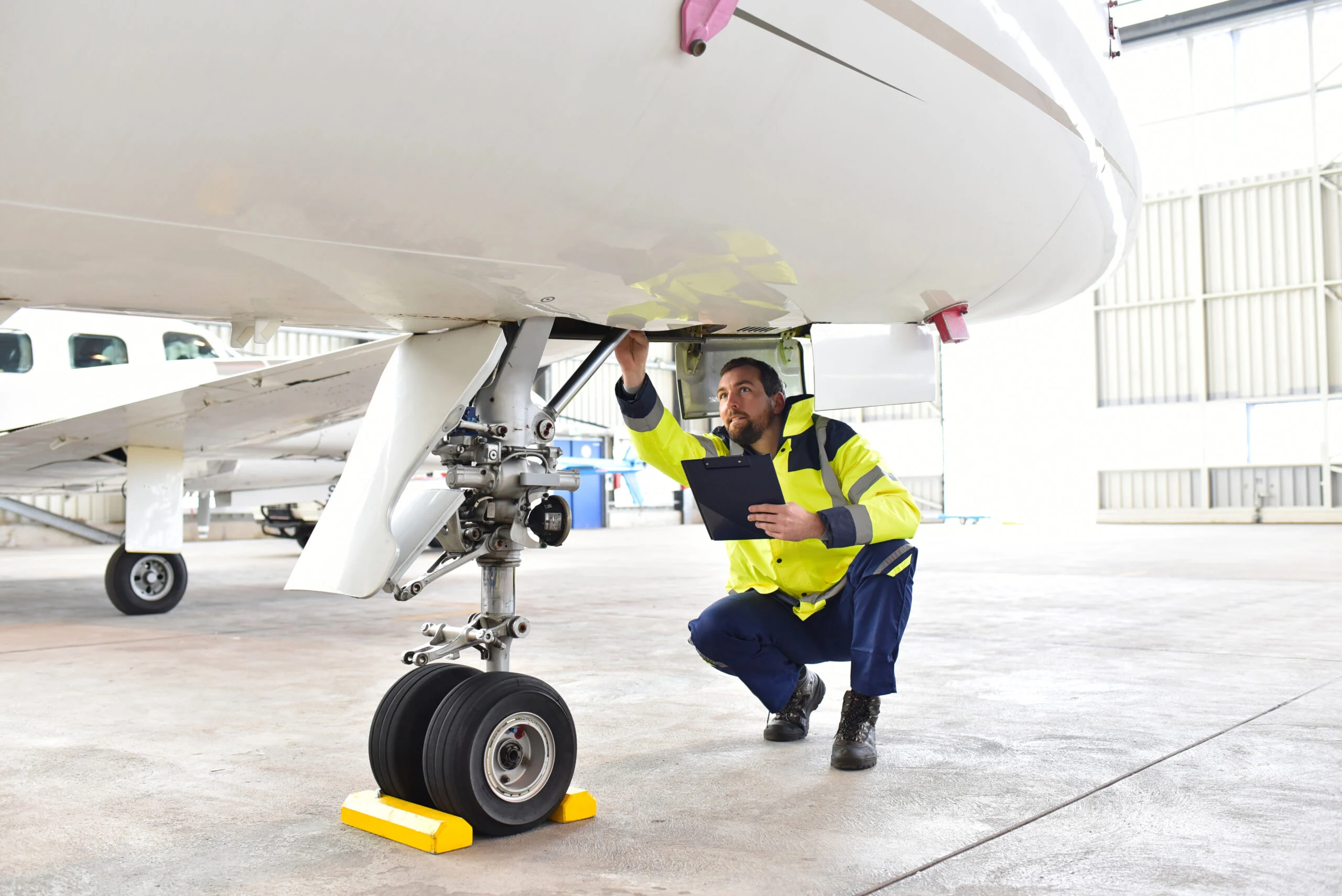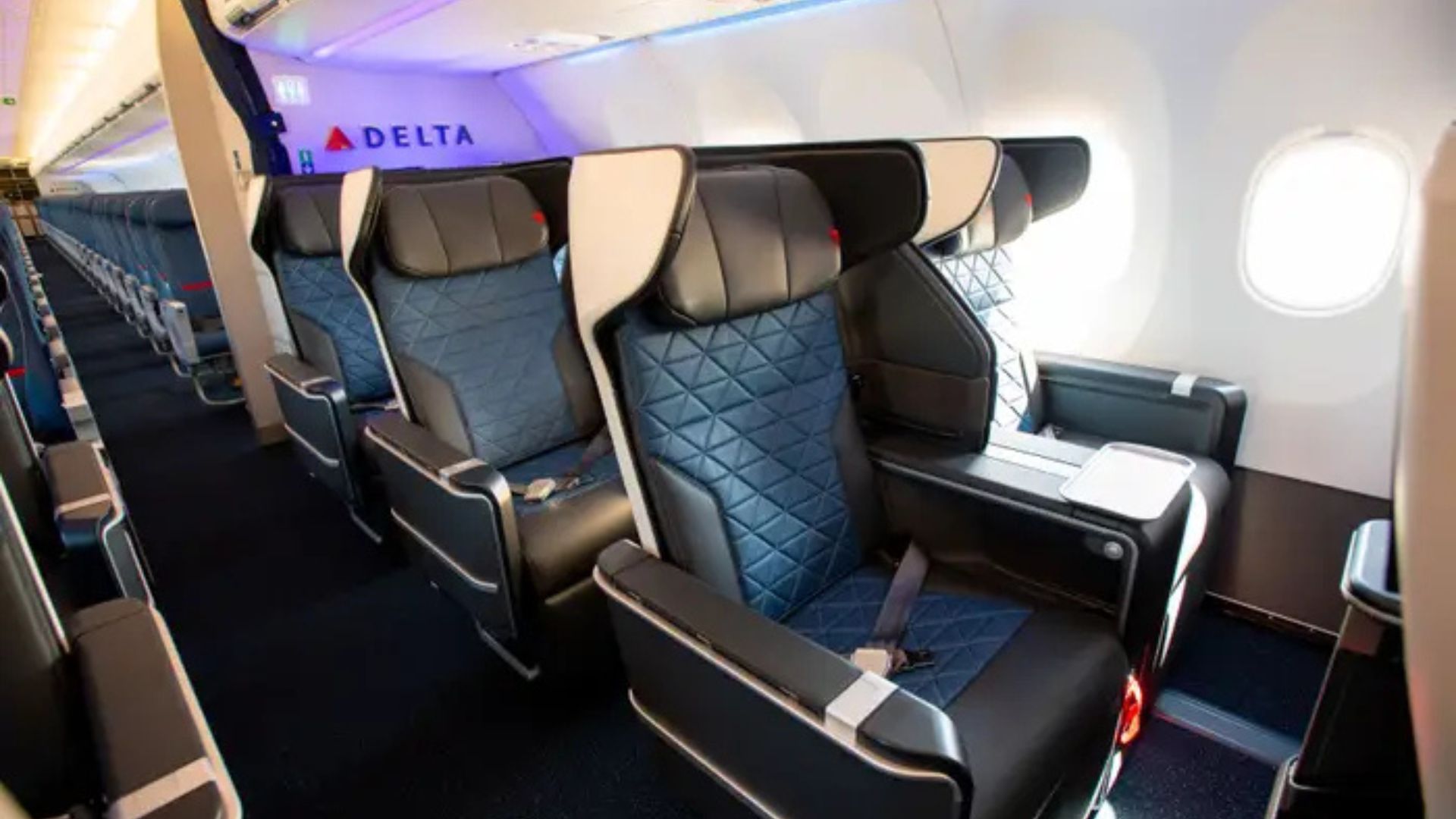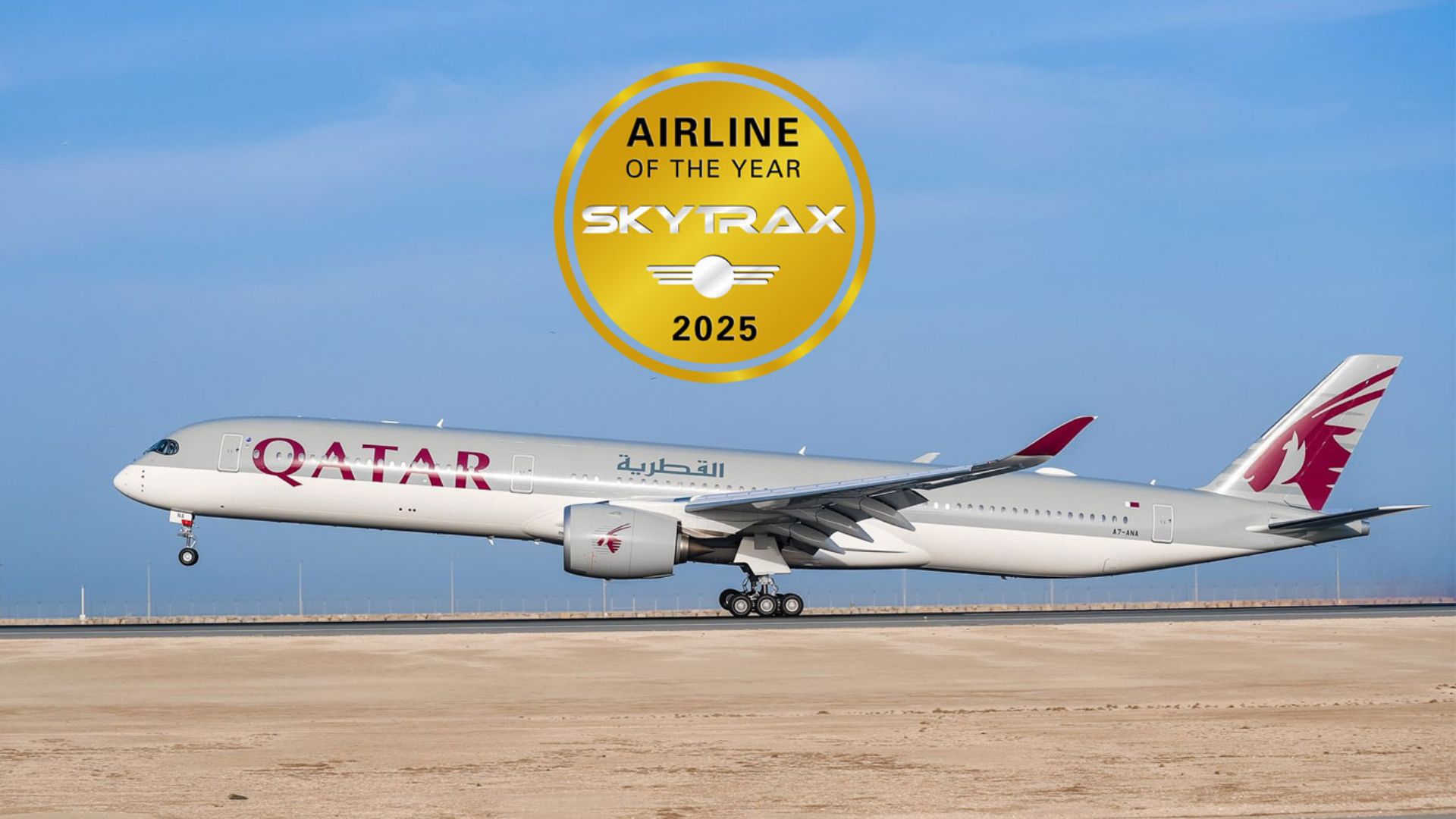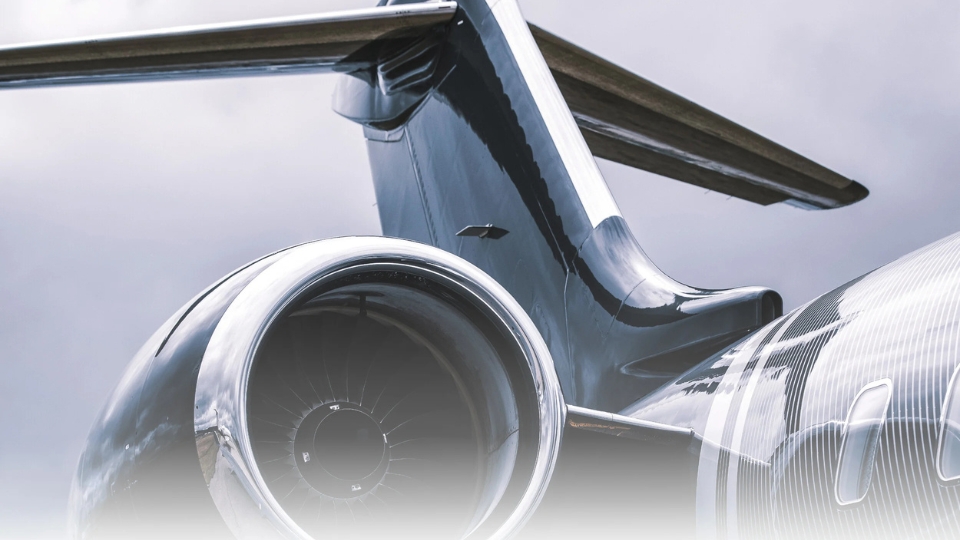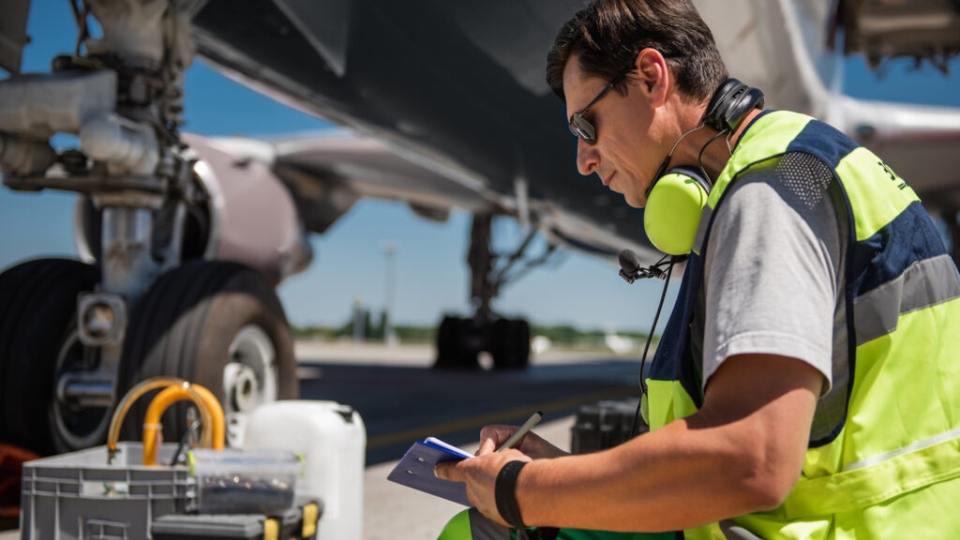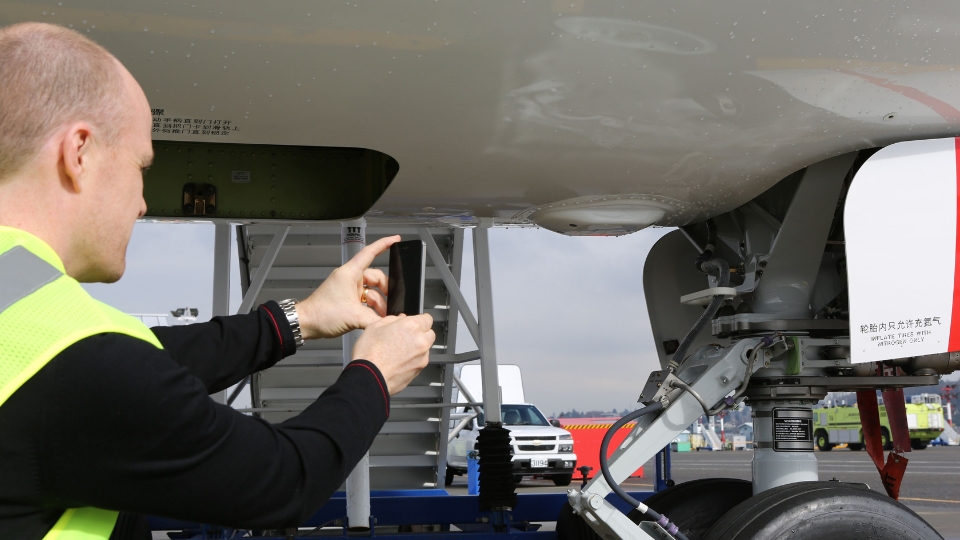Aviation safety inspections are essential for maintaining high standards in air travel. These inspections ensure that aircraft remain reliable, compliant with regulations, and safe for passengers. Airlines, regulators, and maintenance teams work together to execute thorough checks at every stage of an aircraft’s life cycle.
Types of Aviation Safety Inspections
Safety inspections occur at multiple levels, including pre-flight, routine, and periodic inspections.
-
Pre-Flight Inspections: Conducted before every flight to check critical systems, fuel levels, and safety equipment.
-
Routine Inspections: Scheduled checks performed after a specific number of flight hours or cycles to maintain aircraft performance.
-
Periodic or Major Inspections: Comprehensive evaluations that involve detailed examinations of engines, avionics, structural components, and systems.
Each type of inspection ensures that potential issues are detected and resolved before they affect safety.
Regulatory Oversight
Aviation authorities, such as the Federal Aviation Administration (FAA) or the European Union Aviation Safety Agency (EASA), set inspection standards. Airlines must comply with these regulations to maintain operational licenses.
Inspections verify adherence to airworthiness directives, maintenance manuals, and safety protocols. Regulatory oversight ensures that airlines uphold consistent safety levels globally.
Inspection Procedures
Aircraft inspections follow detailed checklists covering mechanical, electrical, and structural systems. Technicians examine engines, landing gear, hydraulic systems, navigation instruments, and emergency equipment.
Advanced tools, including non-destructive testing equipment, help detect hidden defects in materials or structures. This precision reduces risks and extends the aircraft’s operational lifespan.
Documentation and Reporting
Every inspection is documented meticulously. Technicians record findings, corrective actions, and parts replaced. This documentation allows regulatory authorities and airline management to track aircraft condition over time.
Accurate records ensure accountability, facilitate audits, and help in continuous improvement of maintenance practices.
Role of Predictive and Digital Tools
Modern inspections use predictive maintenance and digital monitoring systems. Sensors track engine performance, vibration levels, and system anomalies in real time.
Predictive analytics help technicians identify potential failures before they occur, reducing downtime and enhancing passenger safety. Technology improves the efficiency and accuracy of inspections.
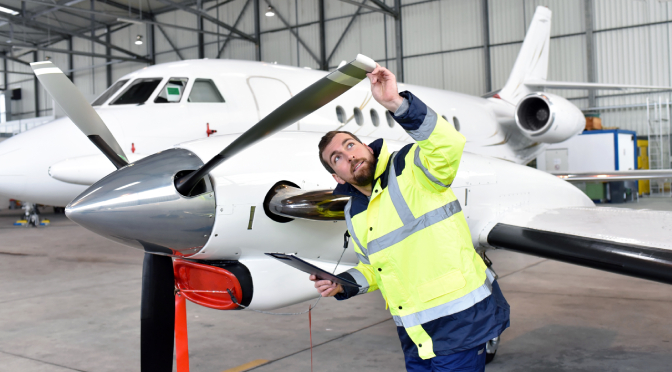
The Process Behind Aviation Safety Inspections
Continuous Training of Inspectors
Technicians and inspectors undergo regular training to stay updated on new aircraft models, technologies, and regulations. Skilled personnel ensure that inspections are thorough and effective.
Continuous development fosters a safety culture where potential risks are identified and mitigated proactively.
Conclusion
Aviation safety inspections are a critical part of ensuring passenger safety and airline reliability. Through pre-flight, routine, and major inspections, strict regulatory compliance, detailed documentation, predictive technologies, and skilled personnel, airlines maintain high standards of airworthiness. Understanding this process highlights the complexity and precision involved in keeping modern air travel safe and efficient.

